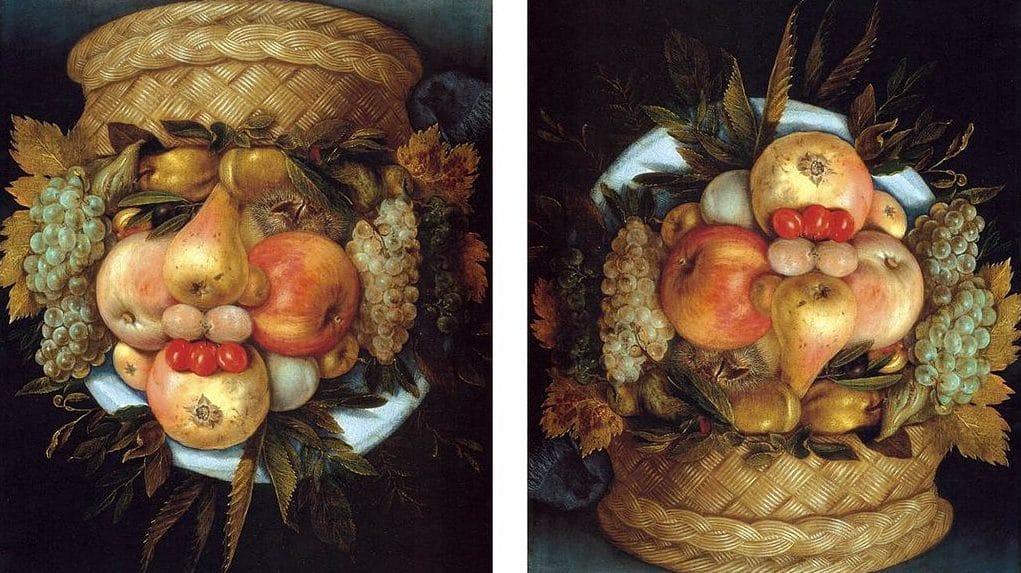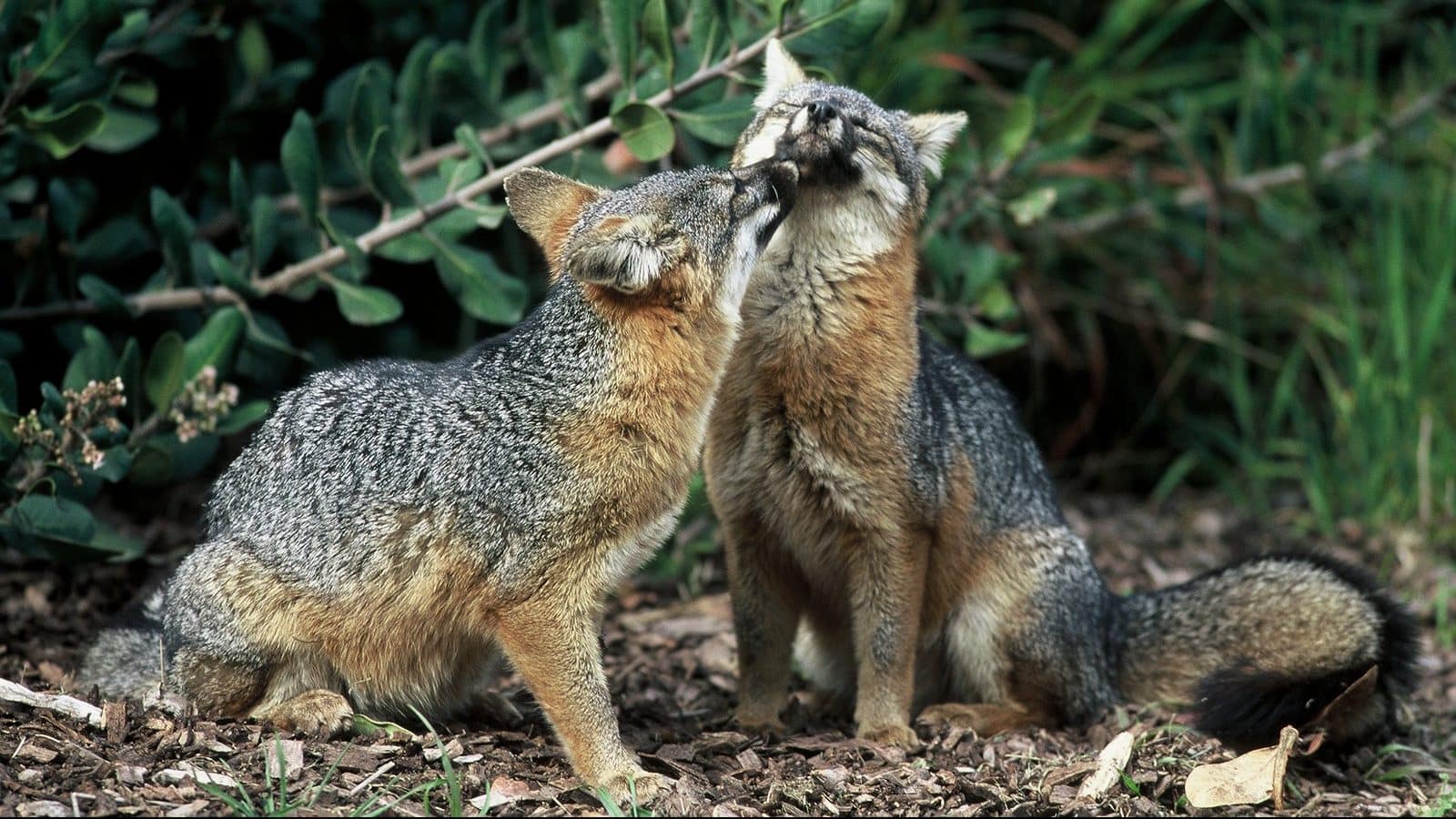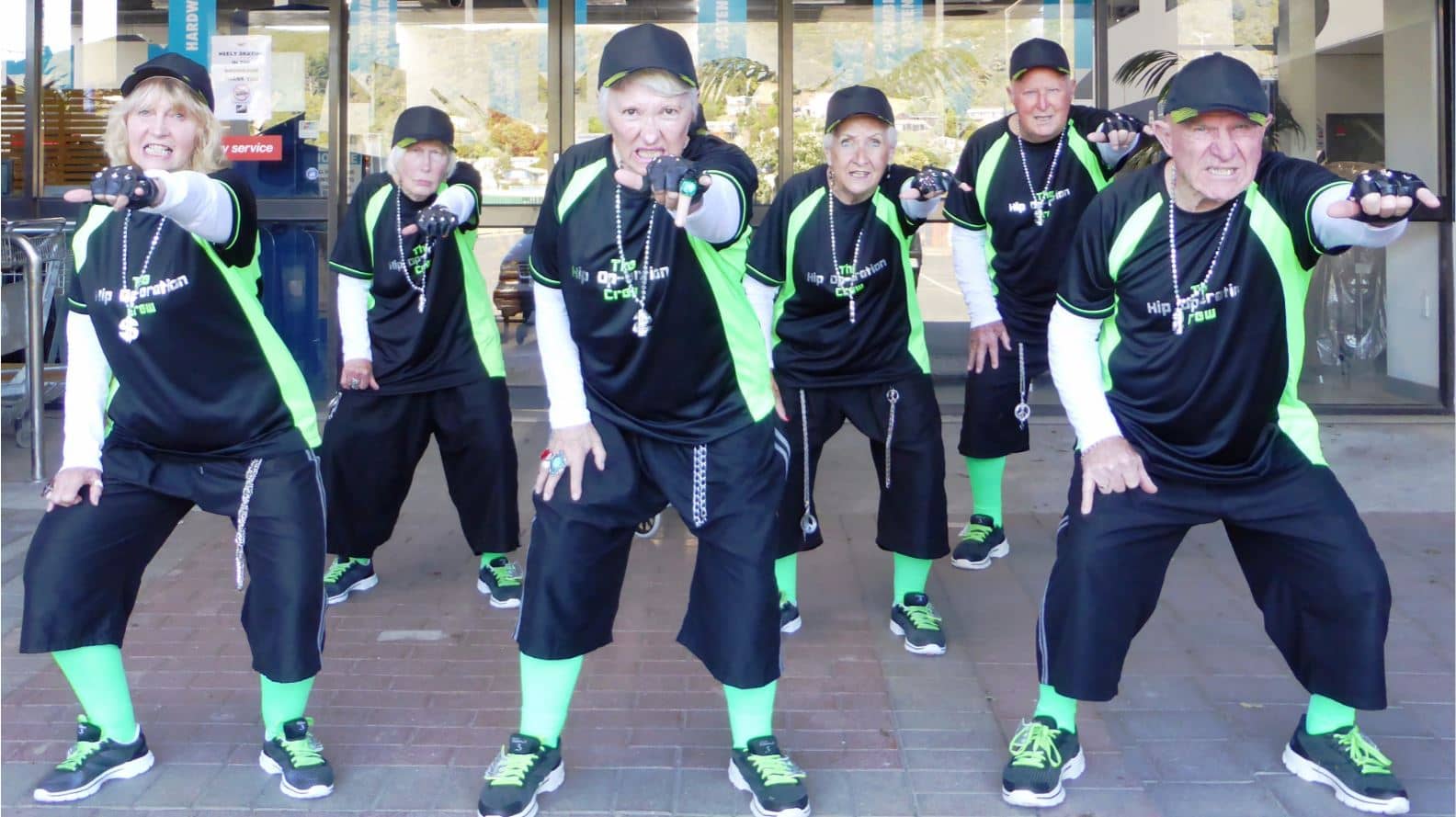This article was originally published November 7, 2018.
“Reality is merely an illusion, albeit a very persistent one.”
– Albert Einstein
It is no secret that our experiences shape our perception of the world. But few of us remember that when we share an experience with someone and our reactions are entirely different. Take, for instance, visiting a museum, spending a holiday with family, or deciding who to vote for.
Our perceptions can differ wildly, and hopefully, after this article and a little neuroscience, we’ll all have a better understanding as to why!

There’s a reason people debate over art: no one’s really seeing the same thing. It’s the same way there’s logic behind how two people can experience the same scenario, like reading a book or listening to someone give a speech, yet differ in their memories of it.
But really, why is our perception of all of these experiences so different?
This fantastic animation, created by Lazy Chief for the Future of Storytelling features neuroscientist Anil Seth, who gives us a fascinating explanation of how each one of our brains interprets the world differently.
So, how do we apply this knowledge to our lives?
If you have to interact with other humans in any way, in order to do so successfully, we need to realize that the reality changes with every person we come across. This not only helps us test our own knowledge of the world but discover the most effective ways to communicate with those around us!
“Only by testing your knowledge can you see the world as it actually is.”
– Daniel Simons
In his riveting TED Talk, Daniel Simons, the head of the Visual Cognition Laboratory at the University of Illinois, gives us a few brilliant visual examples as to why taking into account these differences in perception can help us all out.
(It’s a bit spooky how easily our minds can be convinced something is real.)
It’s pretty amazing, right?
When we looked into how people were discussing this phenomenon, we stumbled upon this story from Geoffrey Widdison on Quora that shows just how easily these perceptions can be molded. See what you think…
“My dad was telling me about how he was watching a nature documentary following a lioness taking care of her cubs. There was one scene where she was hunting an antelope for dinner, tried to chase it down, but it escaped at the last minute. The tone of the documentary, for the viewers who’ve been sympathizing with that lioness for the last twenty minutes, is that failure was a really sad moment. What will her babies eat?
“My dad said it really struck him, in that moment, that if he’d been watching a documentary about that antelope, that moment would be presented as one of joyous triumph. She escaped the ravenous beast who was stalking her, and will get to live! Which one you’re told to sympathize with tells you everything.” 3
What stories are you being told?
Which ones have molded you? Is what you believe to be true… actually? Who really are the “bad guys”? And are they really so bad?
The good news is that the more we learn about the world and test our knowledge, as Daniel Simons noted, the more power we have over our own worlds—and that’s pretty cool.
So if you’d like to dive into this a little more, Anil (the neuroscientist from the first video) gave a fantastic TED Talk about how our brain hallucinates our conscious realities. Segments of which were recently featured in a TED Radio Hour in an interview between him and Guy Raz titled, What Makes Us… Us! Click here to listen to the full segment. 4
So, in the end, how we each see the world may not be the reality.
In fact, it probably isn’t. Which makes it so we can’t just make assumptions on how someone is going to react to a certain situation. We have to ask, constantly, whether we’re on the same page or not—but this isn’t a bad thing.
Our relationships with one another would be far more fascinating and safer if we all gave that a try… Because when realities collide, new, stronger ones are born that only enhance our world.
Think of it as a net—the more pieces tied together, the more it will hold. And since we’re a species with close to 8 billion different realities, can you even imagine how strong we would be if they connected? How much more would we know about the world?
And that’s what we’re doing here at the Goodness Exchange. We’re curating the best of the world—the amazing things people are doing out there, how they’re experiencing it, and how this world even works—so that when we’re faced with new scenarios, we’re better suited to understand what’s happening and the possibility that comes along with that.
Because when we’re introduced to new perspectives, a whole new world opens up for us.
Stay open to those new possibilities!
- Sam
“No problem can be solved from the same level of consciousness that created it.” — Albert Einstein

Don’t miss out on a single article!
Enjoy unlimited access to over 500 articles & podcast that give you a positive perspective on the state of the world and show you practical ways you can help.
Notes:
- “Consciousness and Creation: The Neuroscience of Perception.” Vimeo, Future Of StoryTelling, 14 Sept. 2018, vimeo.com/289879647. Accessed 27 Sept. 2018. ↩
- “Seeing the World as It Isn’t | Daniel Simons | TEDxUIUC.” YouTube, TEDx Talks, 19 Mar. 2011, www.youtube.com/watch?v=9Il_D3Xt9W0. Accessed 5 Nov. 2018. ↩
- What Are Examples of How Two People Can View the Same Event Differently?, Quora, 15 Dec. 2017, www.quora.com/What-are-examples-of-how-two-people-can-view-the-same-event-differently. Accessed 5 Nov. 2018. ↩
- Staff, NPR/TED. “Anil Seth: How Does Your Brain Construct Your Conscious Reality?” TED Radio Hour, NPR, 5 Oct. 2018, www.npr.org/2016/07/15/654730916/how-does-your-brain-construct-your-conscious-reality. Accessed 9 Oct. 2018. ↩








